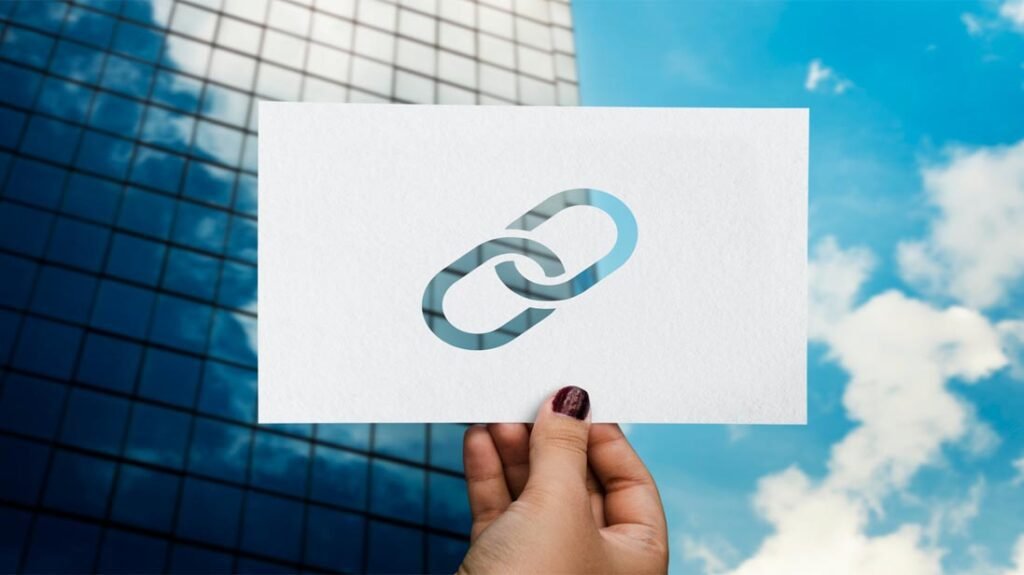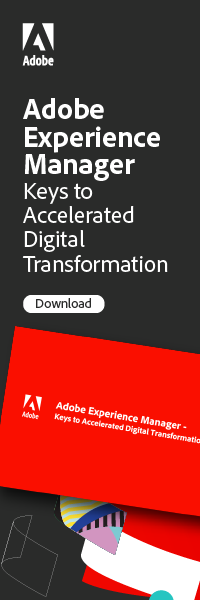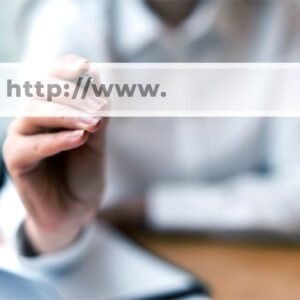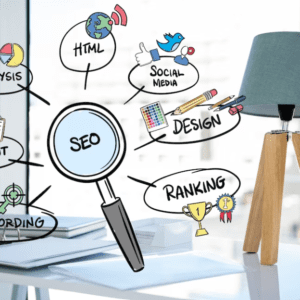
internal and external links in on-page seo – Image by rawpixel.com on Freepik
Power of Links in On-Page SEO: A Beginner’s Guide to Internal and External Linking
Table of Contents:
- Introduction.
- What is Internal linking in on-page SEO.
- Benefits of Internal links in on-page SEO.
- Best Practices for Internal Links in on-page SEO.
- What is External linking in on-page SEO.
- Benefits of External links in on-page SEO.
- Best Practices for External Linking in on-page SEO.
Introduction:
When it comes to optimizing your website for search engines, there are a couple of key strategies that can significantly boost your rankings. Two essential elements of on-page SEO are internal linking and external linking. In this guide, we’ll break down these concepts in simple terms to help you understand their importance and how to implement them effectively.
What is Internal Linking in On-page SEO:
Internal linking involves connecting one page of your website to another through hyperlinks. These links play a crucial role in improving your site’s structure and providing a better user experience.
Example of internal linking: Click to Connect with Techreadtoday
Benefits of Internal Links in on-page SEO:
Enhanced Navigation:
Internal links act as pathways, guiding visitors to other relevant pages on your site. Improved navigation makes it easier for users to find information, reducing bounce rates and increasing overall user satisfaction.
Distributing Link Juice:
Internal links help distribute “link juice,” which is essentially the authority and ranking power of a page. By strategically linking to important pages, you can boost their visibility in search engine results.
Establishing Hierarchy:
Creating a hierarchy through internal links helps search engines understand the structure and importance of different pages on your website. Use descriptive anchor text to provide context and clarity to both users and search engines.
Best Practices for Internal Links in on-page SEO:
- Create a Logical Site Structure: Organize your website in a clear and logical manner, ensuring that related content is grouped together. A well-structured site makes it easier for users and search engines to navigate.
- Use Descriptive Anchor Text: Employ anchor text that clearly describes the content it’s linking to. Avoid generic phrases like “click here” and instead use keywords relevant to the linked page.
- Prioritize Relevant Pages: Link to pages that are contextually relevant to the content on the current page. Prioritize linking to cornerstone content or important pages that you want to emphasize.
- Avoid Over-Linking: While internal links are beneficial, don’t overdo it. Aim for a natural and user-friendly experience. Too many links can confuse users and dilute the value of each link.
- Update and Maintain Links: Regularly audit your internal links to ensure they are still valid and point to relevant content. Fix or remove broken links to maintain a positive user experience and SEO health.
- Deep Linking: Instead of just linking to the homepage, practice deep linking by connecting to specific pages within your website. This helps distribute link equity across various pages.
- Use Breadcrumbs: Implement breadcrumbs on your site to enhance navigation and provide a clear path for users to follow. Breadcrumbs also contribute to better search engine understanding of your site’s structure.
- Strategic Placement: Place internal links within the body of your content where they make the most sense contextually. Don’t force links; instead, integrate them seamlessly into the narrative.
What is External Linking in On-page SEO:
External linking, on the other hand, involves linking to other websites from your own content. This practice plays a vital role in building credibility and authority for your site.
Example of External Linking: Click to visit best website design company in India
Benefits of External links in on-page SEO:
Credibility and Trust:
Linking to reputable external sources enhances your content’s credibility. Search engines view these links as endorsements, which can positively impact your site’s trustworthiness.
Resourceful Content:
External links to high-quality sources provide additional information and resources to your audience. This makes your content more valuable and establishes your site as a reliable source of information.
Networking and Relationship Building:
External linking fosters relationships with other websites in your industry. Building a network can lead to reciprocal links, further strengthening your site’s authority.
Best Practices for External Linking in On page SEO:
- Link to Authoritative Sources: When linking to external websites, choose reputable and authoritative sources. This enhances your content’s credibility and trustworthiness.
- Use No follow Attribute When Necessary: If you’re linking to external sites but don’t want to pass on authority, use the “nofollow” attribute in the link tag. This is common for sponsored or user-generated content.
- Ensure Relevance: External links should be relevant to the content and provide additional value to your readers. Avoid excessive or unnecessary external links.
- Open External Links in New Tabs (Optional): Consider opening external links in new browser tabs to keep users on your site. This can reduce the likelihood of users leaving your site entirely.
- Build Relationships: Reach out to other websites in your industry and build relationships. Networking can lead to natural and reciprocal linking, benefiting both parties.
- Diversify Anchor Text: When linking externally, use a variety of anchor text that accurately describes the linked content. Diversification helps improve the natural flow of your content.
- Regularly Check External Links: Periodically review and update external links to ensure they are still valid and relevant. Remove or replace links to sites that are no longer trustworthy.
- Link to High-Quality, Evergreen Content: Choose external content that is high-quality, relevant, and likely to stand the test of time. This contributes to the long-term value of your own content.
Conclusion:
In the realm of on-page SEO, internal and external linking are powerful tools that can significantly impact your website’s performance. By incorporating these practices into your content strategy, you not only enhance your site’s structure and user experience but also contribute to its credibility and authority in the eyes of search engines. Remember, a well-connected website is not just user-friendly but also search engine-friendly.













1 Comment